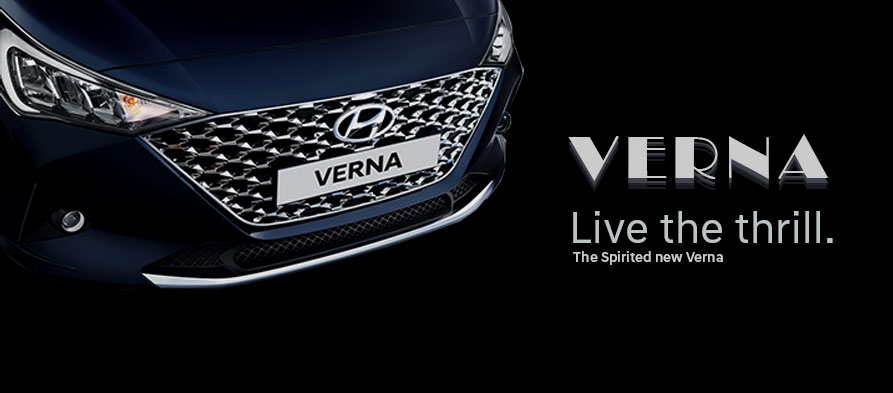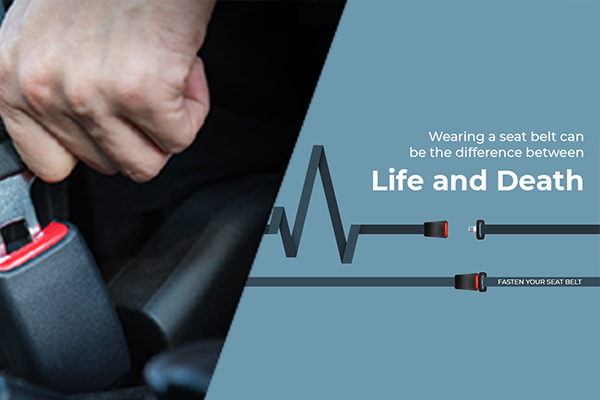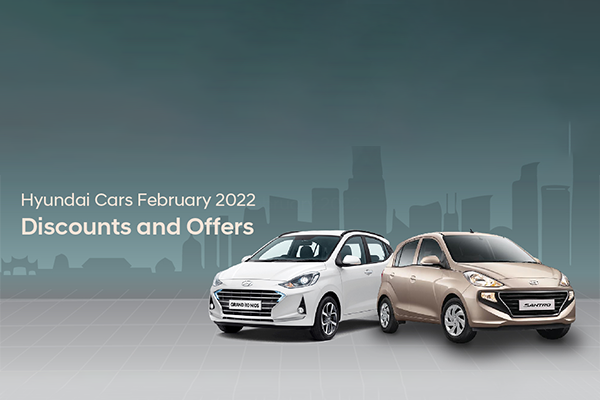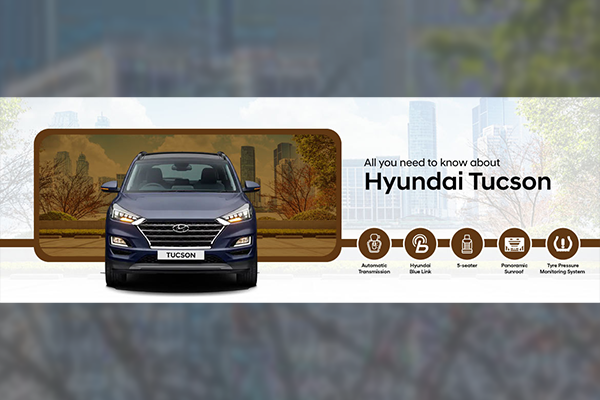Hyundai Verna: The Cosmopolitan Prodigy

8 January, 2024

The Hyundai Verna has been a popular choice for over 14 years because of its sophisticated design and plush features.
Contents
3. 2011: More Power, More Sedan
2006: The Launch
The Verna was Hyundai's answer to its competition in the Indian auto sector. The Hyundai Verna has been the sedan of choice ever since its launch. The Verna was launched in India in 2006 when Indian car buyers were opting for economical but feature-rich sedans.
The Verna came with two engine options; the 1.6-litre petrol engine that produces 102 BHP and the 1.5-litre diesel engine, which produces 109 BHP, making it a powerful and performance-driven automobile. Its "egg" design was aerodynamic and was tasteful at the time.
The Verna's dimensions made it perfect for Indian roads and are big enough to accommodate five people. The Verna stretched at a length of 4310mm; its width was 1596mm and stood at the height of 1490mm.
It offered both manual and automatic transmission and came in 15 colour options (Ebony Black, Passion Red Metallic, Dynasty Red Metallic, Noble White, Real Earth Metallic, Sleek Silver, Husky Blue Metallic, Deep Pearl Blue Metallic, Kyara Metallic, Blushing Red, Stone Black, Bright Silver Metallic, Champagne Gold, Deep Ocean Blue, and Crystal White).
The sedan did exceptionally well, with a whopping 5,000 units sold in just 15 days after its launch! And since then, Verna started winning people's hearts and has won numerous awards.
2010: Same Soul, New Face
After four years of an extraordinary run, the Korean carmaker decided it was time to give the sub-compact sedan a design change and an upgrade on the features.
The updated Verna's length was 10mm less than its predecessor, 99mm wider and had a wheelbase of 2500mm. Some of its key features were power steering, air conditioning, front power windows, fog lights and wheel covers.
The powerful engine remained the same, with a few changes to the interiors, including new seat covers. The face of the car was changed, including the front grille, LED trend indicators, ORVMs, etc.
2011: More Power, More Sedan
After the first facelift, Hyundai launched the new Verna Fluidic, named after Hyundai's "Fluidic Sculpture" design language. This version was a giant leap not only for Hyundai in India, but the way sedans were designed for car buyers.
The Verna Fluidic was powered by the 1.4-litre and 1.6-litre petrol and diesel engines. The petrol engines produced 105PS and 121PS of power, and the diesel engines produced 88PS and 126PS of power. The Verna offered a 6-speed manual and 4-speed automatic gearbox with all the engine options.
The Verna Fluidic was the most powerful car in its segment; the safety features on offer and its tasteful and sophisticated design made Verna the car to own. The sedan had every feature that a car enthusiast would need; the key features included leather upholstery, push-button ignition, automatic climate control, six airbags, and parking assistance. The dashboard held the centre console, which contained the climate control buttons and audio player, supporting iPod and Bluetooth connectivity and a USB port.
The hexagonal-shaped grille and the curves on the side profile, classy colour options Sleek Silver, Carbon Grey, Phantom Black, Crystal White, Stone Beige, and Stone Beige. The 16-inch alloys give the car a sporty and zippy look. The car provides a mileage between 16 to 23 KMPL, making it economical while delivering a smooth driving experience.
2015: Revamping Success

In 2015, The Verna was modified with minor changes to the design, the headlamps and front grille were changed, the suspensions had a few tweaks, the car was more stable for a better experience on the road. The car came equipped with a 1GB memory to store music, and a reach adjust function for the steering wheel that Hyundai calls the 'Ergo Lever'.
This Verna had the perfect combination of 'fluidic' and 'sharp'; it looked premium and performed better than the competition, ensuring the passengers and driver enjoyed the drive.
2017: Setting Standards
Eleven years and two facelifts later, the sales for the Verna were showing no signs of slowing down. The competition, however, was getting tougher, and the crowd wanted something new and different. It was then Hyundai India revealed the 5th generation, Verna.
Hyundai has always aimed to set standards and trends, unlike the competition, whose cars were designed to stay relevant and trendy. The next-generation Verna looked futuristic, offered great features for the price, and performed seamlessly.
The fifth-generation Verna was built on a K2 platform made of high strength steel and underwent numerous crash and safety performance tests to ensure the safety of all the occupants. The car's rigid body structure reduced the levels of NVH (Noise, Vibration, Harshness).
This version of the Verna was offered with three engine options, 1.6-litre petrol version that produced 121.3 BHP and a 1.6-litre diesel version that produced 126.2 BHP, and finally the most powerful of the lot, the 2.0-litre petrol engine that produced a maximum power of 149.92 BHP at 6200 RPM and maximum torque of 192.2NM at 4000 RPM. The Verna came in both 6-speed manual and automatic gearbox options.
The Verna is packed with premium exterior features such as a hexagonal front grille, LED daytime running lights, projector headlamps and 16-inch alloy wheels. The Verna's length stretched at 4570mm, and the width of 1800mm made it 260mm longer and 104mm wider than the first generation Verna.
The fifth-generation Verna upgraded the sound system with a 6-speaker sound system tweaked by Arkamys. The interior of the sedan is equipped with a 7-inch touchscreen infotainment system with Apple CarPlay and Android Auto.
The Next-Generation Verna won the Indian Car of the Year (ICOTY) in 2018.
2020: The Future
The 2020 Verna's design made it look aggressive, sporty and ready to pounce. The demanding road presence is sure to turn heads when on the road. The Verna is upgraded with a huge cascading grille with all-LED headlamps. The front DRLs give the car some verve. The redesigned rear bumpers have chrome accents for the reflectors and LED tail lamps.
The 1.0-litre turbo petrol engine debuts under the hood and produces 120PS of power and 172 NM of torque. The sedan also offers a 1.5-litre petrol engine that produces 115PS of power and 144 Nm of peak torque, and the 1.5-litre diesel engine produces 115PS of power and 250 Nm. The 1.5-litre petrol engine is offered with the choice of a 6-speed Manual Transmission or CVT, while the 1.5-litre diesel comes with a 6-speed Manual Transmission or a 6-speed Automatic Transmission.
Some key features inside the 2020 Verna are the fully digital instrument cluster, 8-inch touchscreen infotainment, ventilated front seats, paddle shifter, wireless charging, electric sunroof and Hyundai's Blue Link.
Verna's 14-year legacy is still going strong. Hyundai created a sedan that has always sparked trends and set standards. In its journey in India, the Verna has changed the game, offering premium features for reasonable prices. Its design language, plush interiors, attention to detail, performance and safety features have led to its success in a country among auto enthusiasts.
Latest Blogs
New blog
14 Places to Visit in Bengaluru with Your Friends

New blog
Recognizing the Outstanding Efforts of Graduating Students

New blog
Why Should You Wear a Seatbelt In Your Car?

New blog
January Offer on Hyundai Cars - Press Release

New blog
Hyundai Cars March 2022 Discounts and Offers

New blog
How to book a Hyundai Car Service?

New blog
Hyundai Cars February 2022 Discounts and Offers

New blog
How do I find my lost car keys at home?

New blog
Everything You Need to Know About Hyundai Tucson!

New blog
5 Reasons Why You Should Store a Printed Road Map in your Car
